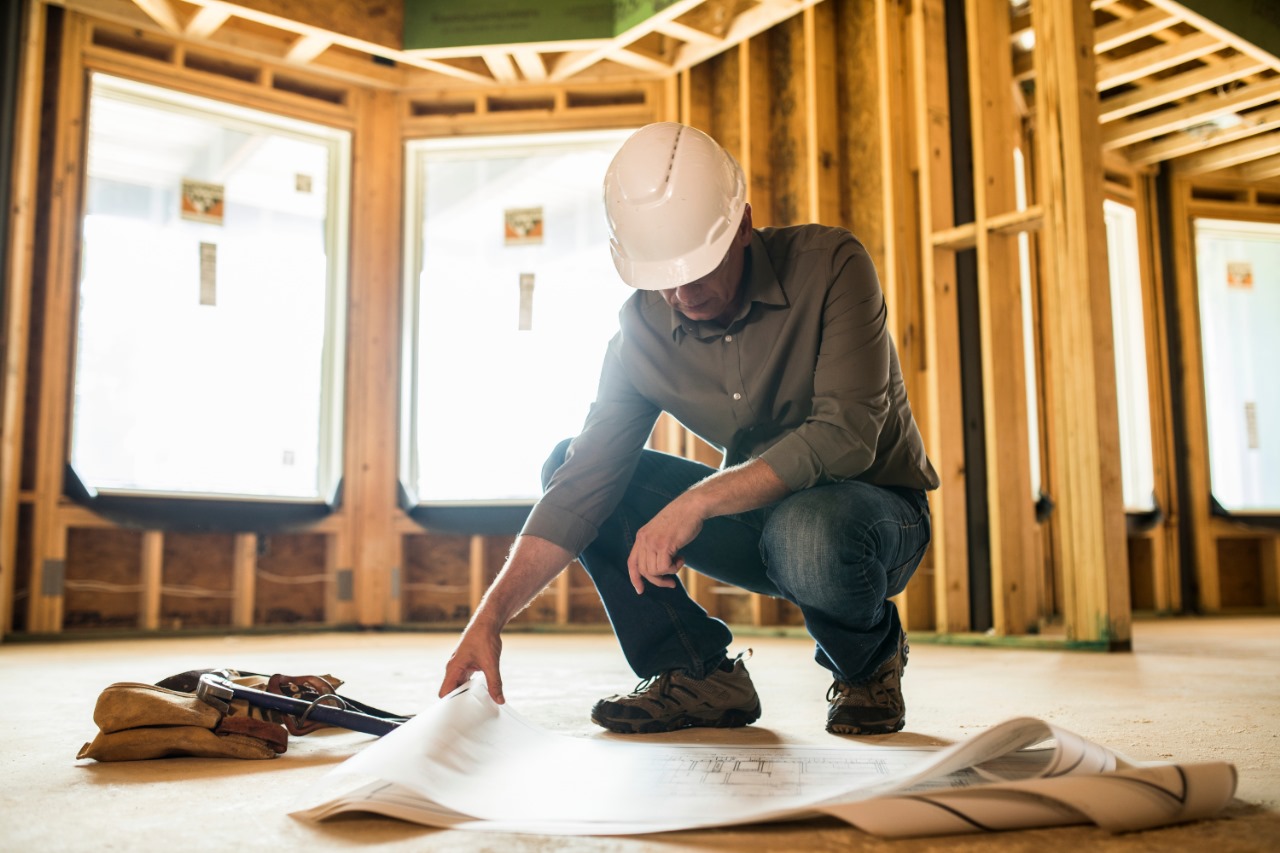Austin, Texas, has long been known as a vibrant tech hub and cultural hotspot, but in recent years, its booming construction industry has become a powerful engine driving job growth across the state. From skyscrapers reshaping the skyline to expansive infrastructure projects, Austin construction is more than just bricks and mortar—it is a catalyst for economic development and employment opportunities throughout Texas.
In this article, we’ll explore how Austin’s construction sector contributes to job creation, the factors behind this growth, and why industry professionals and communities alike are paying close attention to the lasting impact of construction activity in Austin and beyond.
The Expanding Landscape of Austin Construction
Austin’s rapid population growth, business relocations, and urban development initiatives have created an unprecedented demand for construction projects. From commercial office buildings and residential complexes to roads, bridges, and public spaces, the scope of Austin construction is diverse and ever-expanding.
Population Growth and Housing Demand
Austin’s population has surged over the past decade, with tens of thousands moving to the city each year. This influx has spurred a critical need for new housing developments—from luxury apartments to affordable homes—thus fueling construction activity.
This housing boom directly translates into thousands of new jobs in residential construction, architectural design, engineering, and related trades. Skilled laborers, project managers, and construction suppliers find consistent employment, helping to reduce local unemployment and build a stronger workforce.
Commercial and Infrastructure Development
Beyond housing, Austin’s thriving tech sector and entrepreneurial spirit have led to an increase in commercial real estate projects. Office parks, data centers, and mixed-use developments are rising across the city. These projects require diverse teams of professionals, from electricians to concrete specialists, further expanding job opportunities.
Simultaneously, Austin’s infrastructure improvements—such as road expansions, transit systems, and utility upgrades—are critical for supporting the city’s growth. These public works projects not only improve residents’ quality of life but also generate significant employment in public construction sectors.
The Economic Ripple Effect of Austin Construction
The impact of Austin construction on job growth extends far beyond the construction site itself. It creates a ripple effect that benefits many other sectors throughout Texas.
Supporting Local Suppliers and Service Providers
Construction projects require materials, equipment, and specialized services, leading to increased demand for local suppliers, manufacturers, and logistics companies. This supply chain activity generates additional jobs in transportation, warehousing, and manufacturing, contributing to overall economic growth.
Boosting Related Industries
New commercial and residential developments stimulate demand for interior design, landscaping, maintenance services, and retail businesses. As neighborhoods and business districts expand, so do opportunities in these support industries, enhancing employment diversity across the state.
Attracting Talent and Investment
A robust construction sector signals economic vitality, attracting investors and businesses to Austin and surrounding areas. This positive feedback loop encourages further development, innovation, and job creation in various fields including technology, finance, and professional services.
Why Austin Construction is a Key Driver of Texas Job Growth
Several unique factors position Austin construction as a leading contributor to Texas’s expanding job market.
A Merger of Innovation and Tradition
Austin’s construction industry combines cutting-edge technology with traditional craftsmanship. From sustainable building methods to modular construction, companies in the area are innovating how projects are designed and executed. This adaptability ensures consistent project delivery and the creation of new roles requiring advanced skills.
Investment in Workforce Development
To meet growing demand, Austin’s construction firms, trade associations, and educational institutions are heavily investing in workforce training programs. Apprenticeships, certifications, and continuous learning initiatives empower workers with the skills needed to excel, thereby expanding the qualified labor pool and supporting higher employment rates.
Favorable Business Environment
Texas’s business-friendly policies, including tax incentives and streamlined regulations, encourage construction investments. Austin, in particular, benefits from a collaborative ecosystem involving city officials, developers, and industry leaders focused on sustainable and strategic growth.
Challenges and Future Outlook for Austin Construction Jobs
While the outlook for Austin construction remains strong, the industry faces challenges that could affect job growth if not addressed proactively.
Labor Shortages
Despite training efforts, some trades still experience labor shortages due to high demand. Addressing this requires ongoing recruitment, diversity initiatives, and career awareness programs to attract new talent.
Material Costs and Supply Chain Issues
Global supply chain disruptions and rising material costs impact project timelines and budgets, potentially slowing construction activity. Efficient planning and local sourcing strategies are crucial to mitigating these risks.
Balancing Growth with Sustainability
Rapid development must be balanced with environmental and community concerns. Sustainable construction practices and thoughtful urban planning are essential to maintaining Austin’s quality of life while supporting job creation.
The Role of Associated Builders and Contractors in Supporting Austin Construction
As a leading trade association, Associated Builders and Contractors (ABC) plays a critical role in fostering Austin construction’s contribution to job growth. ABC provides education, safety training, advocacy, and networking opportunities for contractors and workers, helping to build a stronger, safer, and more competitive workforce.
ABC’s merit-based philosophy emphasizes skill development and ethical business practices, ensuring that the Austin construction industry continues to thrive while delivering high-quality projects that benefit the community.
Conclusion: Building Tomorrow’s Workforce Through Austin Construction
The vibrant construction industry in Austin is a cornerstone of Texas’s economic success and job growth. By driving residential, commercial, and infrastructure development, Austin construction creates thousands of jobs and supports a diverse ecosystem of businesses and professionals.
For stakeholders—from workers seeking career opportunities to investors eyeing growth potential—understanding the critical role of Austin construction is essential. Continued investment in workforce development, innovation, and sustainable practices will ensure that this industry remains a powerful driver of prosperity for Texas well into the future.
If you’re involved in the construction industry or considering a career in this dynamic field, now is the time to engage with Austin’s growing market. Through organizations like Associated Builders and Contractors, you can access the resources, training, and community support needed to thrive in this evolving landscape.
